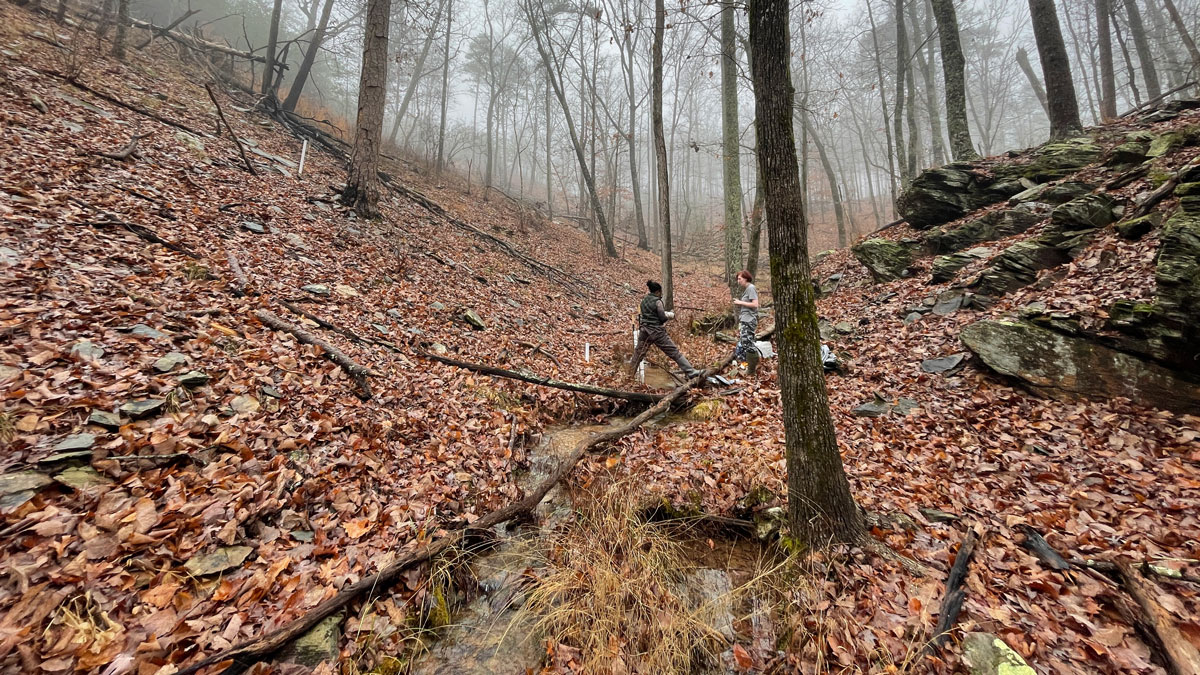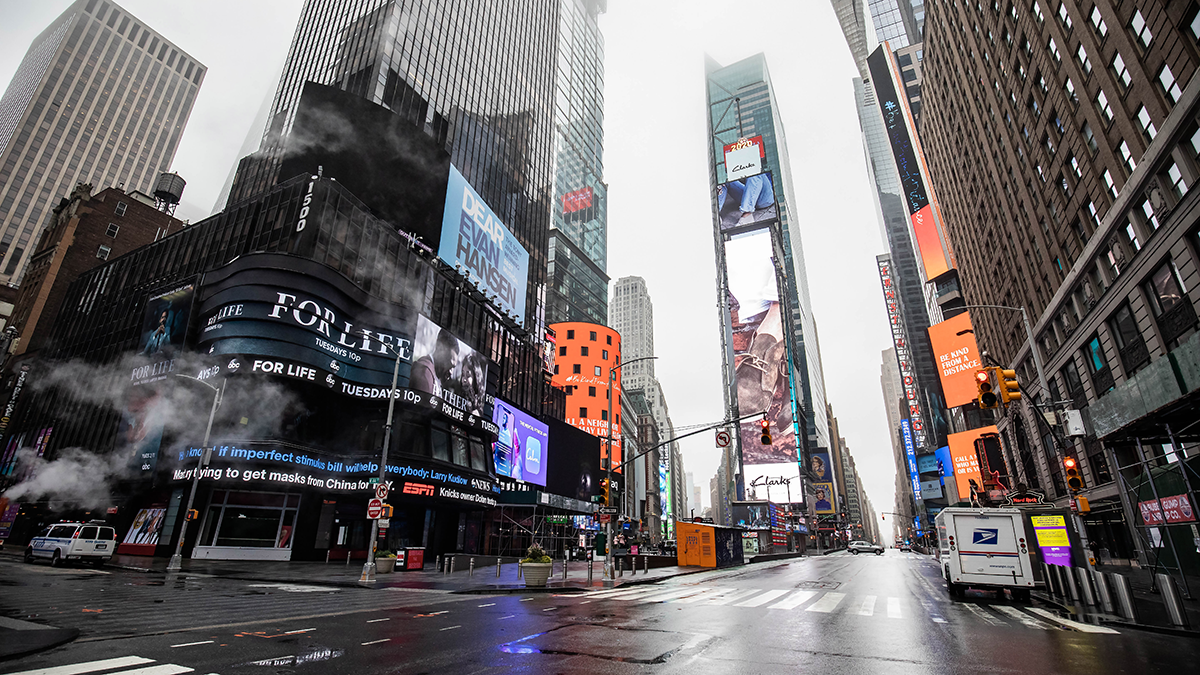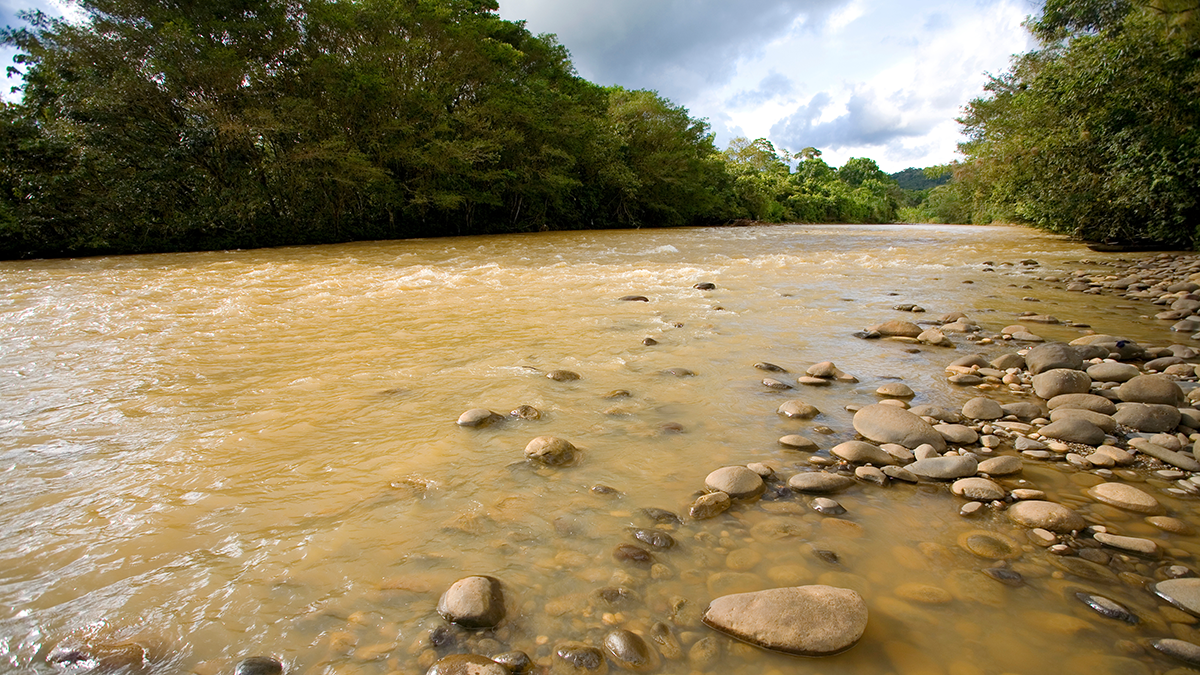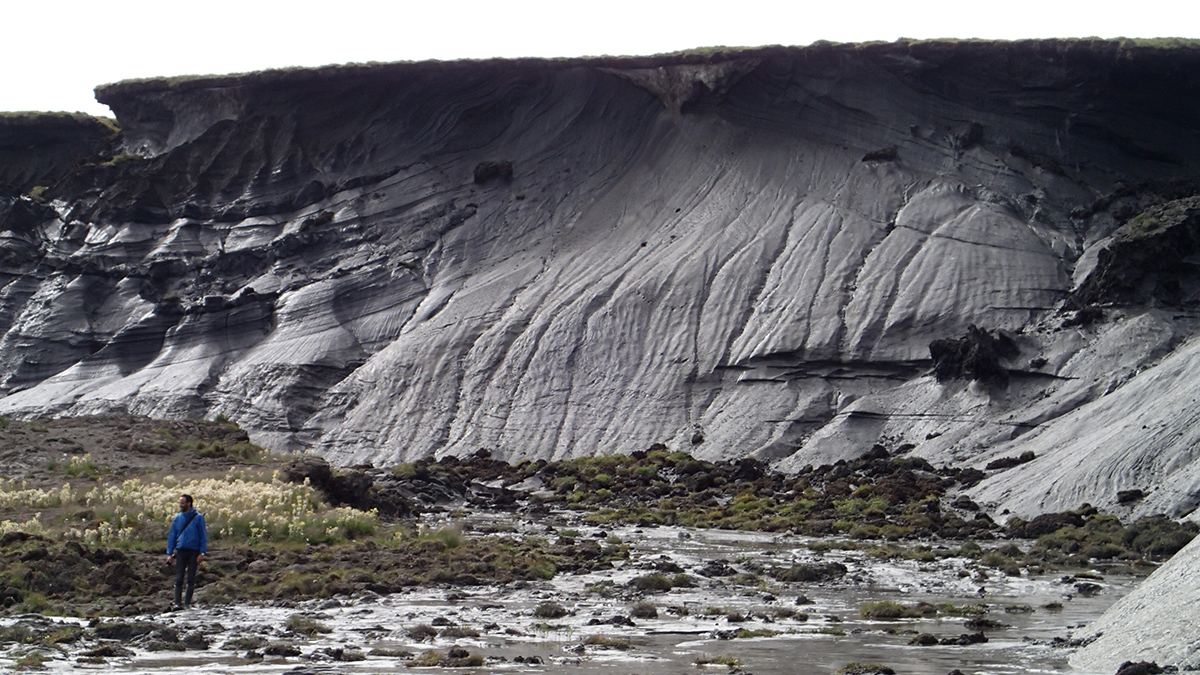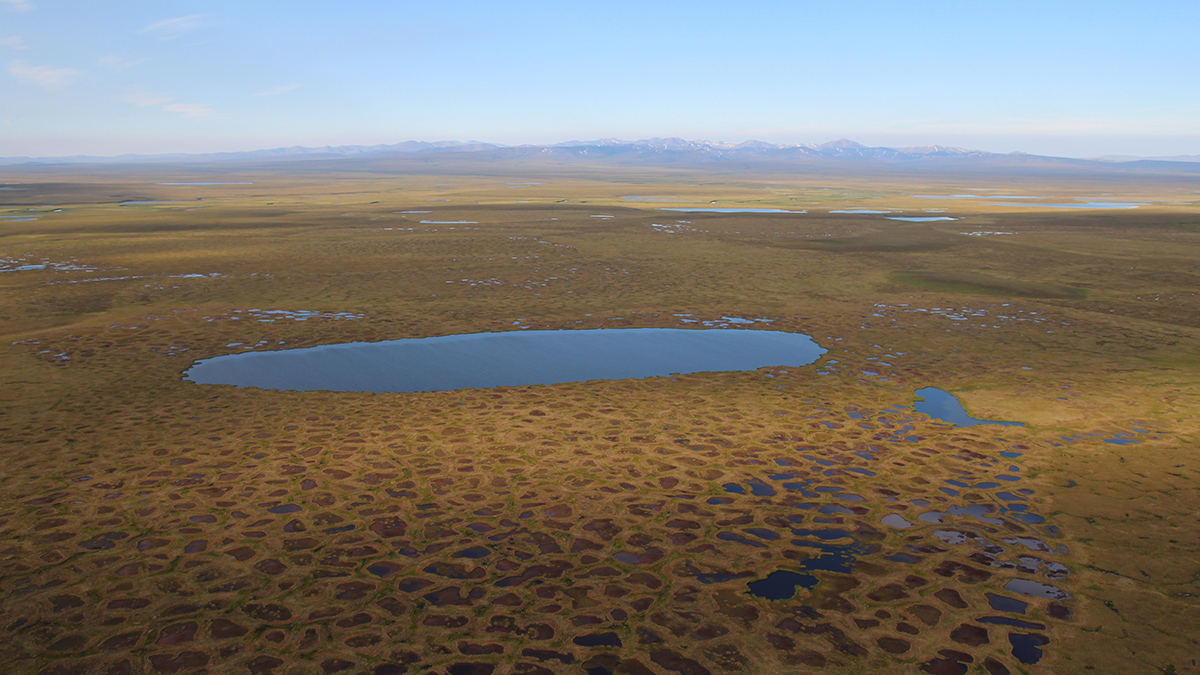Contrary to predictions, spring rains caused a decrease in nitrogen at watershed outflows in Alabama.
nitrogen
Carbon-Nutrient Ratios Drive Nitrate Removal in Mediterranean Streams
The type of organic matter, and ratio of nutrients to carbon, impact the ability of heterotrophic bacteria to effectively remove certain forms of nitrogen pollution (nitrate) from streams.
Particulate Pollution and its Climate Impacts During the COVID-19 Pandemic
The impacts of COVID-19 on short-lived pollutants highlight the predominant influence of the transportation sector and the resulting changes in regional climates and ecosystems.
Physics and Biology as Likely Stream Bedfellows
Streambeds are key sites for removal of nutrients and other contaminants through microbial processes, but are limited by diffusion, which can now be modeled from streambed physical properties.
Thawing Permafrost Is Affecting Climate, but It’s Unclear by How Much
Models produce widely varying estimates of how ecosystems in the northern permafrost region are currently affecting the global greenhouse gas budget.
Insights Biogeoquímicos de um Importante Rio Amazônico
Sub-representados nos orçamentos globais de carbono, rios tropicais como o Tocantins, no Brasil, necessitam de estudos para estabelecer suas características de base face às crescentes mudanças globais.
The Many Adventures of Nitrogen in the Arctic Ocean
New research reviews how our atmosphere’s most abundant element cycles through the Arctic Ocean—and how climate change could affect the process.
Reactive Barriers Could Keep Nitrate out of the Atlantic
Microbes in mulch scrub nitrate from groundwater before it flows to the sea.
Northern Permafrost Region Emits More Greenhouse Gases Than It Captures
Permafrost underlies a quarter of the Northern Hemisphere. A comprehensive analysis shows that the area may have shifted from a sink to a source of greenhouse gases, bringing a longtime prediction to fruition.
The Unexplored Microbial Life in Subterranean Estuaries
A new study reveals that microbial life in subterranean estuaries is threatened by anthropogenic activities.

